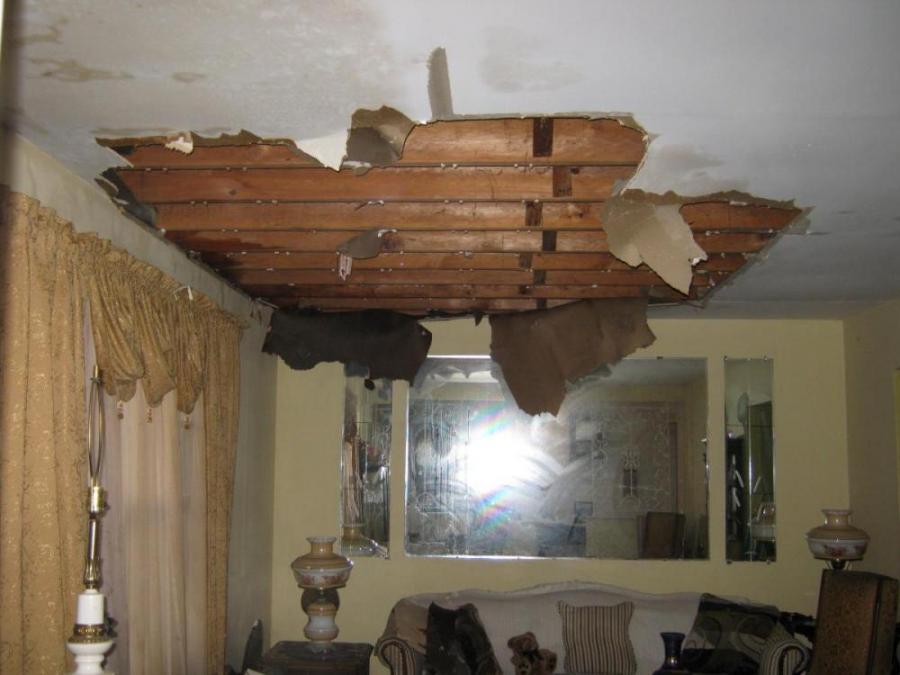Do's and also Don'ts Throughout Water Damage Emergencies.
Do's and also Don'ts Throughout Water Damage Emergencies.
Blog Article
Were you trying to find resources around What You Can Do At Home To Prevent Fire And Water Damage?

Water gives life, water breach on components where it's not intended to be can result in damages. Houses with water damage smell old and also musty.
Water can originate from lots of sources such as tropical cyclones, floodings, burst pipes, leakages, as well as sewer issues. In case you experience water damage, it would be excellent to recognize some security preventative measures. Right here are a couple of standards on just how to take care of water damage.
Do Prioritize Residence Insurance Coverage Coverage
Water damage from flooding because of hefty winds is seasonal. You can also experience an abrupt flood when a faulty pipeline suddenly ruptures right into your house. It would certainly be best to have residence insurance coverage that covers both disasters such as all-natural disasters, and also emergency situations like damaged plumbing.
Don't Neglect to Turn Off Utilities
In case of a catastrophe, especially if you stay in a flood-prone area, it would be recommended to switch off the main electrical circuit. This cuts off power to your entire residence, preventing electric shocks when water is available in as it is a conductor. Moreover, do not neglect to turn off the primary water line valve. When floodwaters are high, furnishings will certainly move around and also cause damage. Having the primary shutoff shut down stops further damage.
Do Keep Proactive and Heed Climate Notifies
Listen to discharge warnings if you live near a creek, lake, or river . Doing so reduces possible property damages.
Don't Overlook the Roofing System
You can stay clear of rainfall damages if there are no openings as well as leakages in your roof covering. This will stop water from flowing down your walls and also saturating your ceiling.
Do Take Notice Of Small Leakages
A ruptured pipeline does not take place over night. Usually, there are red flags that show you have deteriorated pipelines in your house. You might see gurgling paint, peeling off wallpaper, water touches, water discolorations, or trickling audios behind the wall surfaces. At some point, this pipeline will certainly break. Preferably, you need to not await things to intensify. Have your plumbing fixed prior to it causes enormous damages.
Don't Panic in Case of a Burst Pipeline
Maintaining your clearheadedness is essential in a time of dilemma. Because it will certainly suppress you from acting quick, panicking will just intensify the problem. Timing is vital when it comes to water damages. The longer you wait, the more damages you can expect. Thus, if a pipeline bursts in your house, instantly shut down your main water shutoff to cut off the resource. Then disconnect all electrical outlets in the area or switch off the circuit breaker for that part of your house. Call a respectable water damage remediation expert for help.
Water offers life, water invasion on components where it's not supposed to be can result in damages. Residences with water damage scent stuffy as well as old.
Water damages from flooding dues to hefty winds is seasonal. You might discover gurgling paint, peeling off wallpaper, water touches, water spots, or dripping sounds behind the wall surfaces. When it comes to water damage, timing is crucial.
Some Do's & Don't When Dealing with a Water Damage
DO:
Make sure the water source has been eliminated. Contact a plumber if needed. Turn off circuit breakers supplying electricity to wet areas and unplug any electronics that are on wet carpet or surfaces Remove small furniture items Remove as much excess water as possible by mopping or blotting; Use WHITE towels to blot wet carpeting Wipe water from wooden furniture after removing anything on it Remove and prop up wet upholstery cushions for even drying (check for any bleeding) Pin up curtains or furniture skirts if needed Place aluminum foil, saucers or wood blocks between furniture legs and wet carpet Turn on air conditioning for maximum drying in winter and open windows in the summer Open any drawers and cabinets affected for complete drying but do not force them open Remove any valuable art objects or paintings to a safe, dry place Open any suitcases or luggage that may have been affected to dry, preferably in sunlight Hang any fur or leather goods to dry at room temperature Punch small holes in sagging ceilings to relieve trapped water (don't forget to place pans beneath!); however, if the ceiling is sagging extremely low, stay out of the room and we'll take care of it DO NOT:
Leave wet fabrics in place; dry them as soon as possible Leave books, magazines or any other colored items on wet carpets or floor Use your household vacuum to remove water Use TV's or other electronics/appliances while standing on wet carpets or floors; especially not on wet concrete floors Turn on ceiling fixtures if the ceiling is wet Turn your heat up, unless instructed otherwise

As a fervent reader on Safety Tips To Prevent Fire And Water Damage, I figured sharing that segment was a good thing. Sharing is nice. Helping others is fun. Thanks so much for going through it.
Report this page